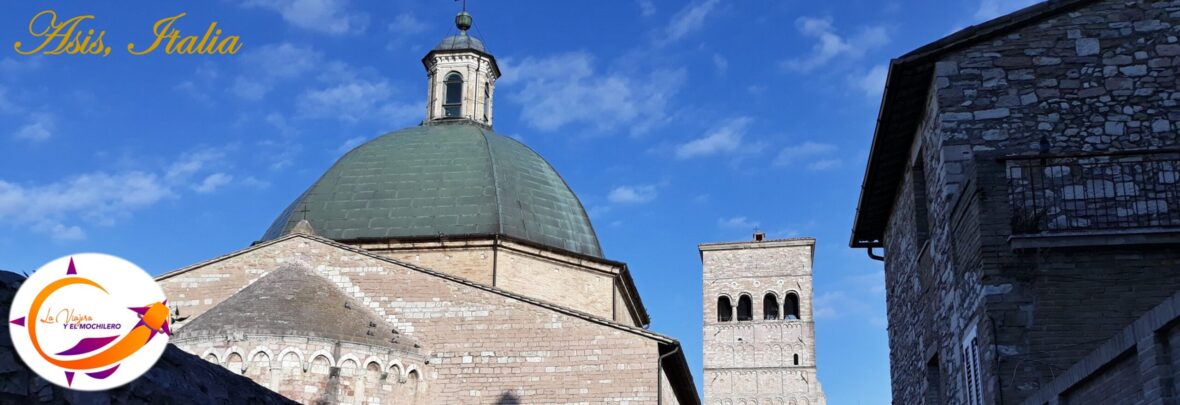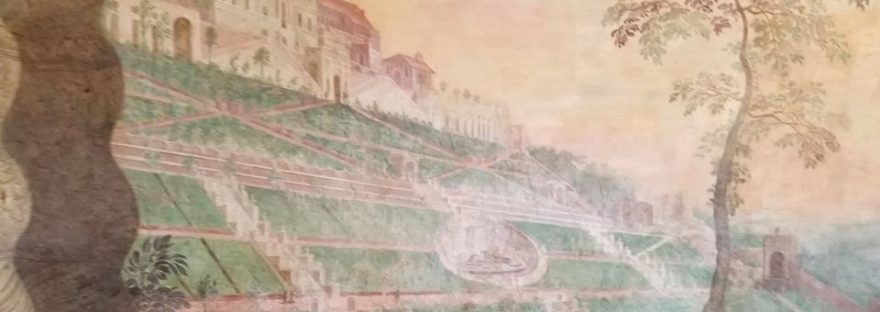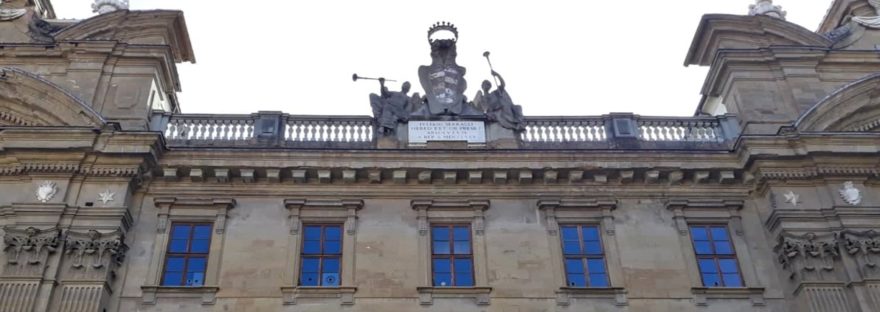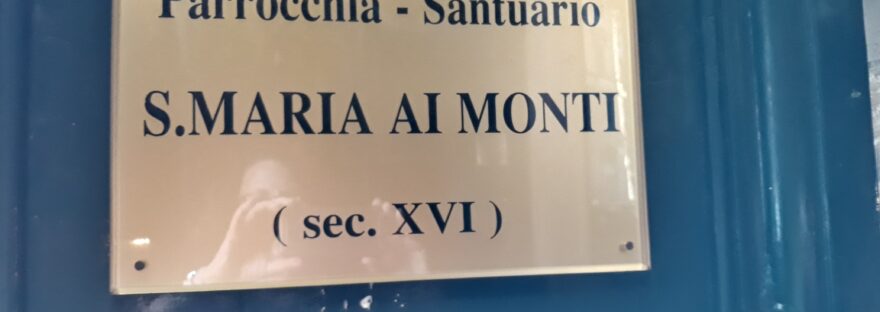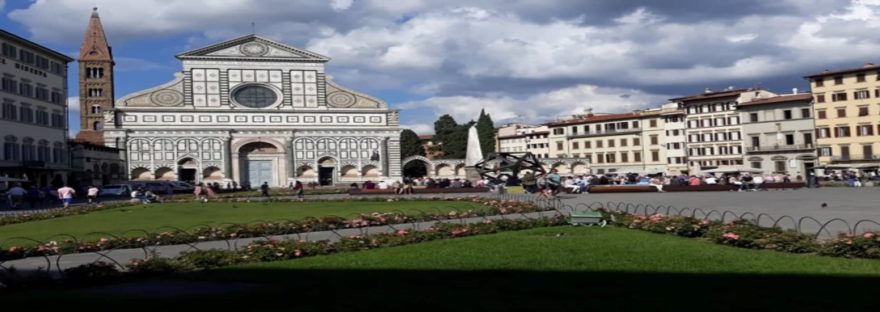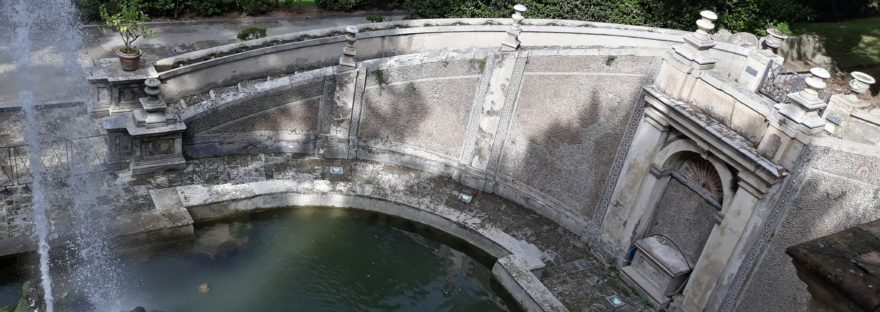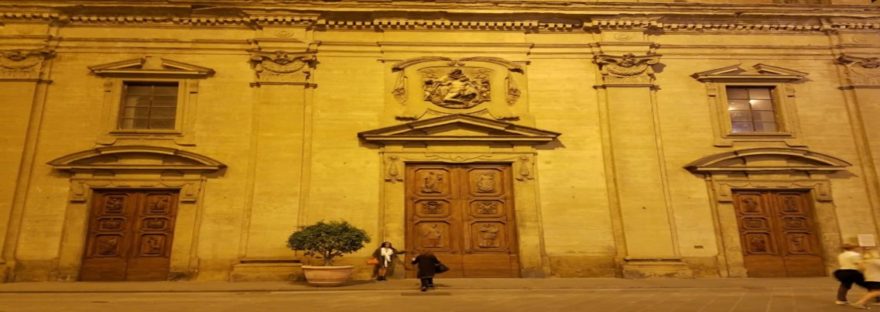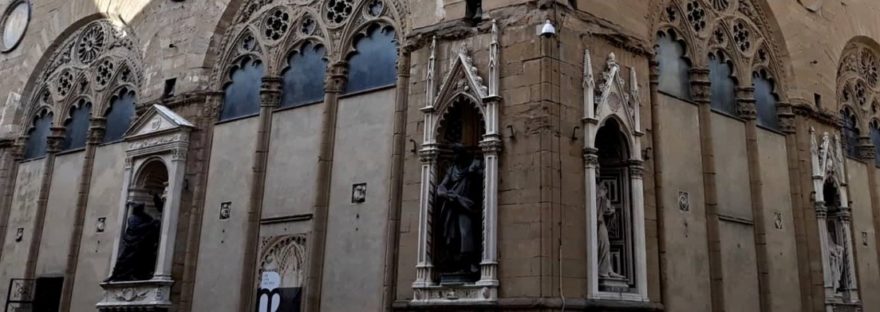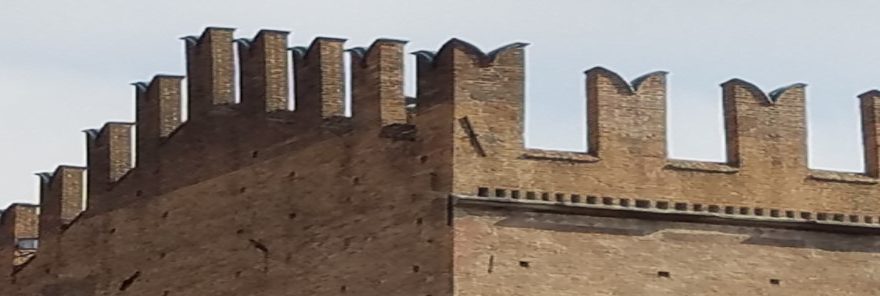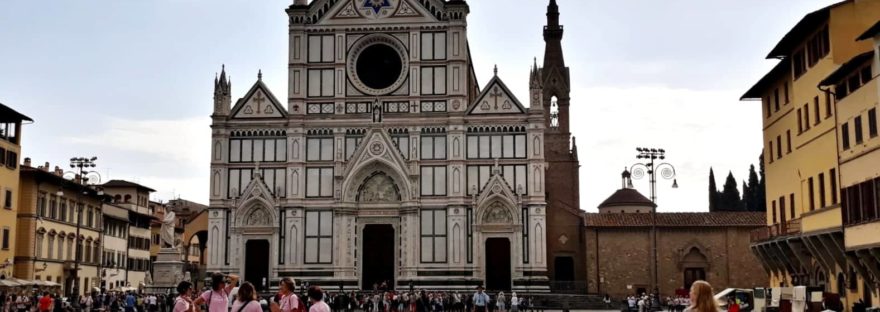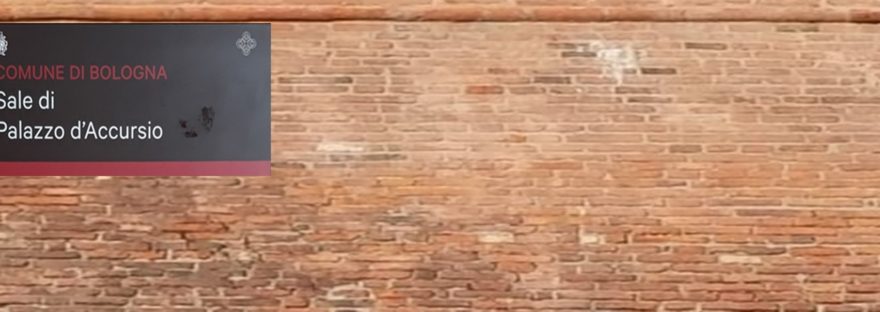Before starting the work to create the fabulous fountains of the “Villa d’Este”, it was necessary to convert into a great palace what had been, the monastery and cloister where Benedictines and Franciscans lived. The official residence of the governor of Tivoli needed to be a dignified palace, not only to accommodate renowned families such as the D’Estes and Borgias, but also worthy of a Cardinal who aspired to be Pope of the Roman Catholic Church. Continue reading “La Villa d’Este, much more than fountains”
Category: Blog English
“Complesso di San Firenze”
In the 17th century, the Congregation of the Oratory of Saint Phillip Neri in Rome arrived at Firenze when Pope Urban VIII presented them with a plot of land in “Piazza San Firenze” that included a church of the same name. The Oratorians or Philippians Fathers had the mission of building a large complex on the spot. The “Complesso di San Firenze” is located in front of the “Palazzo Gondi” that has it posterior facing the “Piazza della Signoria”. Continue reading ““Complesso di San Firenze””
Chiesa Santa Maria ai Monti, Rome
The “Chiesa Santa Maria dei Monti” or “ai Monte” is located in the Monti district in Rome, one of the oldest and largest sections of the city. The Monti rises from the foot of four of the seven hills of Rome; Esquiline, Viminal, Quirinal and Coelian. Since the beginning of the 20th century, the Celio sector and the Coelian hill were separated to form a separate district. Continue reading “Chiesa Santa Maria ai Monti, Rome”
Santa Maria Novella, Firenze
Many who visit Firenze, arrive or depart on the railway line in the direction of the Firenze Station, Santa Maria Novella. The station gets its name from being in front of the Basilica of Santa Maria Novella, one of the oldest temples of this beautiful Italian city. Continue reading “Santa Maria Novella, Firenze”
The Dragons of the Villa d’Este, Tivoli
The “Fontana Dei Draghi” or the Fountain of the Dragons is located in a central point in the Villa d’Este in the Italian city of Tivoli. This fountain was also known as the “Girándula” Fountain. Continue reading “The Dragons of the Villa d’Este, Tivoli”
Holy Trinity, Firenze
Originally outside the city walls, the “Chiesa and Badía Santa Trinita” (Holy Trinity) was founded by the Vallombrosian monks at the end of the 11th century, in Firenze, Italy. Currently, it is located on Via de’Tornabuoni and in front of a small piazza that bears its name. The Vallombrosianos order was founded by the Benedictine Saint John Gualbert in the early eleventh century, in the town of Vallumbrosia located in the northern part of Italy. Continue reading “Holy Trinity, Firenze”
“Chiesa di Orsanmichele”, Firenze
On the “Via dei Calzaiuoli”, in a central point between the “piazzas della Repubblica, Signoria” and the “Duomo di Firenze”, there is a church of an unusual appearance. This is the “Chiesa di Orsanmichele”, now a museum. Continue reading ““Chiesa di Orsanmichele”, Firenze”
The “Piazza di Nettuno” and its buildings, Bologna
During the thirteenth century, the government of the Italian city of Bologna had the need to expand its physical facilities, building extensions to municipal buildings. During this time the “Palazzo Nuovo” and the “Palazzo del Capitano del Popolo” were built. Continue reading “The “Piazza di Nettuno” and its buildings, Bologna”
Basilica di Santa Croce, Firenze
The “Temple of Italian Glories”, that is how the “Basilica di Santa Croce” or Basilica of the Holy Cross of Firenze is known; located in front of a large square that also bears the same name. In this church great glories of the history of Italy have been buried, among them: Michelangelo, Galileo Galilei, Rossini and Machiavelli. Continue reading “Basilica di Santa Croce, Firenze”
Palazzo d’Accursio, Bologna
The “Palazzo d’Accursio”, located on “Piazza Maggiore” in the Italian city of Bologna, belonged to the renowned jurist and law professor, Accursio. This palace with an arcade gallery was built in 1287. Continue reading “Palazzo d’Accursio, Bologna”
